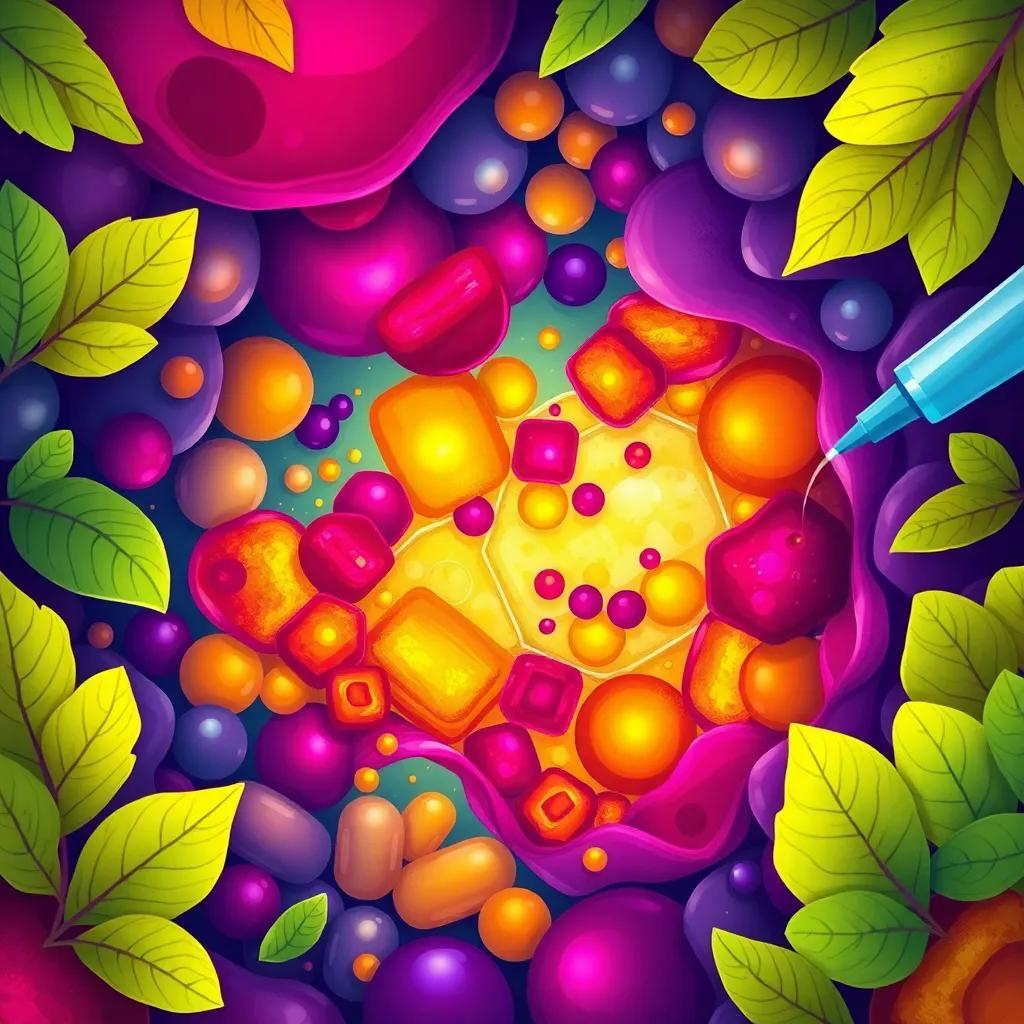Recent studies show turmeric, hibiscus, and beetroot dyes match synthetic stains’ accuracy while offering environmental and health benefits in histopathology.
Plant-based dyes like turmeric and hibiscus are proving to be effective, eco-friendly alternatives to synthetic stains in medical diagnostics, with recent studies showing comparable accuracy and additional health benefits.
The Rise of Plant-Based Dyes in Medical Diagnostics
In March 2024, the European Union tightened regulations on synthetic dyes through Directive 2024/15, citing carcinogenic risks. This move has significantly boosted interest in plant-based alternatives for medical diagnostics. We’re seeing a paradigm shift in histopathology staining,
notes Dr. Elena Rodriguez from the University of São Paulo, whose team recently patented a hibiscus-based stain called Hibiscutin.
The Journal of Oral Pathology & Medicine published a groundbreaking 2024 study demonstrating that plant-based dyes – particularly turmeric (curcumin), hibiscus (anthocyanins), and beetroot (betanin) – achieve diagnostic accuracy comparable to traditional eosin staining in oral tissue samples. What makes these natural alternatives particularly compelling are their additional health benefits and environmental advantages.
Scientific Validation and Diagnostic Accuracy
The peer-reviewed March 2024 study in the Journal of Oral Pathology revealed that curcumin stains achieved 92% concordance with eosin in detecting oral squamous cell carcinoma. This level of accuracy, combined with curcumin’s anti-inflammatory properties, makes it particularly valuable for oral histopathology,
explains Dr. Michael Chen, lead author of the study.
Meanwhile, research published in ACS Biomaterials Science & Engineering (February 2024) demonstrated that betanin from beetroot exhibits pH-sensitive staining properties. This unique characteristic enables dual-pathogen detection in fungal infections, something synthetic stains can’t achieve,
notes Dr. Sarah Johnson, a pathologist at Massachusetts General Hospital.
Environmental and Economic Benefits
The Brazilian Journal of Pathology reported in January 2024 that the University of São Paulo’s Hibiscutin reduced lab waste by 40% in pilot trials. Plant-based dyes degrade naturally and don’t require special disposal procedures,
explains Dr. Rodriguez. This environmental advantage is complemented by significant cost savings – startup Phytolab estimates their plant-based stain kits cost just €0.10 per slide compared to eosin’s €0.50.
In April 2024, German startup Phytolab secured €2 million in funding to commercialize plant-based stain kits specifically designed for low-resource settings. Our goal is to make high-quality diagnostics accessible in developing nations where synthetic stains are often prohibitively expensive,
says CEO Markus Weber.
Dual Diagnostic-Therapeutic Potential
A February 2024 study in Nature Communications highlighted curcumin’s fluorescence properties, suggesting potential applications in early oral cancer detection. We’re not just looking at staining properties anymore, but at how these natural compounds might actively participate in disease detection and even treatment,
remarks Dr. Chen.
This dual diagnostic-therapeutic potential represents perhaps the most exciting frontier in plant-based dye research. As synthetic dyes face increasing regulatory scrutiny and healthcare systems worldwide prioritize sustainability, plant-based alternatives are poised to transform medical diagnostics in ways that benefit both patients and the planet.




